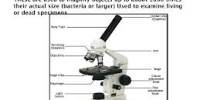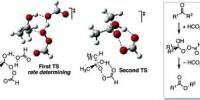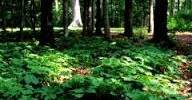Chemical Investigation of Erythrina stricta
Collection and preparation of the plant material
Plant sample Erythrina stricta (bark) of was collected from Dhaka in April 2009. The bark (after collecting) was air dried for several days. The plant materials were then oven dried for 24 hours at considerably low temperature for better grinding. The dried bark was then ground in coarse powder using high capacity grinding machine in the Phytochemical Research Laboratory, Faculty of Pharmacy, University of Dhaka.
Extraction of the plant material
About 600 gm of leaf the powdered material was taken in separate clean, glass jar (5 liters) and soaked in 3 litres of ethanol. The container with its content was sealed by cotton plug and aluminum foil and kept for a period of 15 days accompanying occasional shaking and stirring. The whole mixture was then filtered through cotton followed by Whatman No.1 filter paper and the filtrate thus obtained was concentrated at 39°C with a Heidolph rotary evaporation. The concentrated extract was then air dried to solid residue. The weight of the crude extract obtained from leaf was 24gm.
2.1.3 Solvent-Solvent Partition of crude extract
Modified Kupchan Partition (Beckett and Stenlake, 1986)
2.1.4 Preparation of mother solution
5 gm of ethanol extract was triturated with 90 ml of ethanol containing 10 ml of distilled water. The crude extract was dissolved completely. This is the mother solution, which was partitioned off successively by three solvents of different polarity. In subsequent stages each of the fractions was analyzed separately for the detection and identification of compounds having antibacterial, cytotoxic and antioxidant property.
2.1.5 Partitioning with n-Hexane
The mother solution was taken in a separating funnel. 100 ml of the n-hexane was added to it and the funnel was shaken and then kept undisturbed. The organic portion was collected. The process was repeated thrice; n-hexane fractions were collected together evaporated in Rota evaporator.
2.1.6 Partitioning with Carbon tetrachloride
To the mother solution left after washing with n-hexane, 12.5 ml of distilled water was added and mixed. The mother solution was then taken in a separating funnel and extracted with CCl4 (100 ml X 3). The CCl4 fractions were collected together and evaporated. The aqueous fraction was preserved for the next step.
2.1.7 Partitioning with Chloroform
To the mother solution that left after washing with n-hexane and CCl4, 16 ml of distilled water was added and mixed uniformly. The mother solution was then taken in a separating funnel and extracted with CHCl3 (100 ml X 3). The CHCl3 soluble fractions were collected together and evaporated. The aqueous methanolic fraction was preserved as aqueous fraction.
After evaporation the weight of the different fractions obtained are as follows:
Plant | Part | Fraction | Weight |
| Erythrina stricta | bark | n-hexane soluble fraction | 1459 mg |
| Carbon tetrachloride soluble fraction | 626 mg | ||
| Chloroform soluble fraction | 578 mg |
















